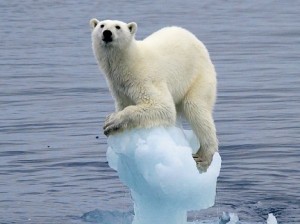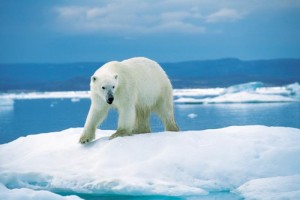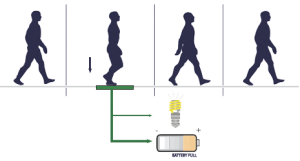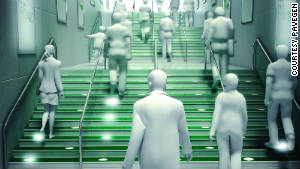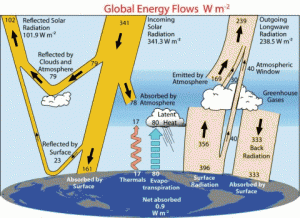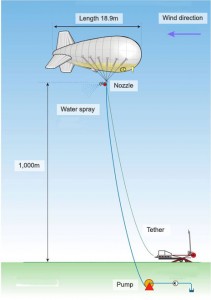We are all familiar with the increasing global temperatures that encourage the melting of arctic ice but we don’t really think too much about how this will effect species other then ourselves. “Canada is home to two-thirds of the world’s polar bear population and we have a unique conservation responsibility to effectively care for them,” said Environment Minister Peter Kent. Best estimates suggest the polar bear population is approximately 15,000 in Canada. Polar bears have an important effect on the animal populations in the arctic. They provide food for animals lower on the food chain by leaving behind animals they have killed and not fully finished eating in addition to their bodies being food for animals once they have died.
CBC News Report
Polar bears are the worlds largest carnivores and are also tied for the largest bears on Earth. Being carnivores in the arctic, their main diet consists of bearded and ringed seals.The polar bears hunt the seas in a very specific way. They find holes in the ice sheet where the seals would come up to breath. When a seal surfaces the polar bear can easily attack from above and haul the seal onto the sheet. Climate change is therefore causing the ice area to shrink therefore causing a decrease in hunting ground for polar bears. The population is therefore decreasing as many polar bears cannot find enough food to survive or reproduce.
On Thursday November 10,2011, Environment Canada formally declared that polar bears were to be considered a “species of concern”. This decision was made through consultation with provincial and territorial governments, regional wildlife management boards, aboriginals and other stakeholders. The classification of “species of concern” is one level below a threatened classification and two levels below an endangered classification under Canada’s Species at Risk Act. Peter Kent continued to say, “Our government is demonstrating leadership in protecting this iconic species. Listing the polar bear under the Species at Risk Act represents an important contribution to protecting our environment and the animals that live in it.”
There is some controversy around this issue as not all were in favour of labelling the polar bears a “species of concern”. One argument is that there has not been enough surveying done to make these claims as the surveys conducted were both too infrequent and too limited. Others feel that climate change is impacting many animal species but polar bears are very good at adapting so it may not be as large an impact as they’re predicting. Some claim the polar bear population is actually increasing but is simply changing location.

The government will be taking action by setting strict quotas on polar bear hunting. To exercise traditional rights aboriginals will be allowed to continue hunting the bears. Currently about 534 polar bears are killed annually in Canada, 325 of them by Inuit in Nunavut. To increase awareness of this issue a Conservative senator recently proposed that we replace the beaver with a polar bear as Canada’s national animal. I think that would be a simple way to get the issue out there and also polar bears make a much cooler national animal!
References:
CBC National News:
http://www.cbc.ca/news/technology/story/2011/11/10/environment-polar-bear-listing.html
Wikipedia:
http://en.wikipedia.org/wiki/Polar_bear
Photos:
http://dailyanimalfwd.blogspot.com/2011/09/maybe-i-should-have-brought-some-bait.html
http://donate.cwf-fcf.org/site/MessageViewer?dlv_id=6101&em_id=3401.0
http://www.second-opinions.co.uk/should-all-animals-eat-a-high-fat-low-carb-diet-2.html
http://www.humanevents.com/article.php?id=45447


